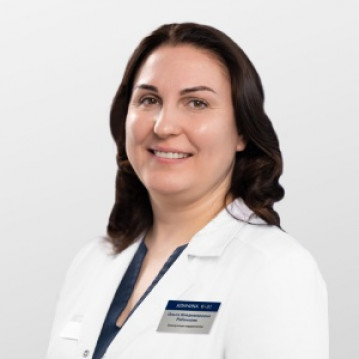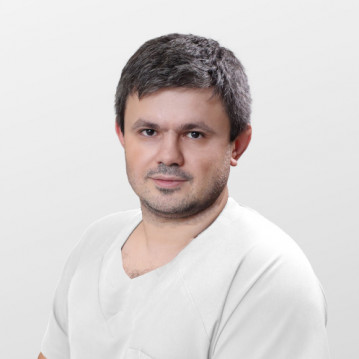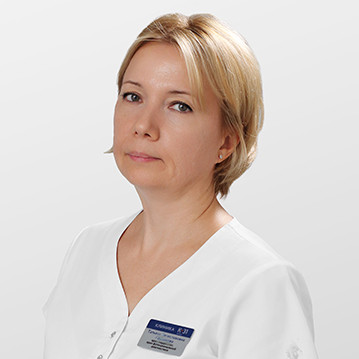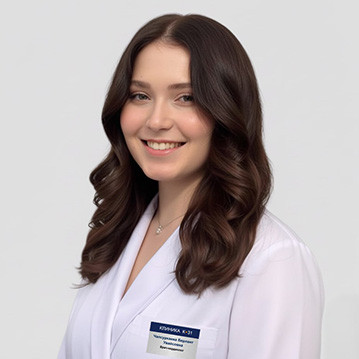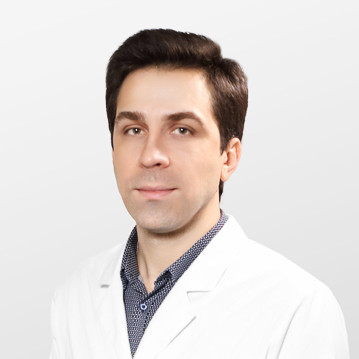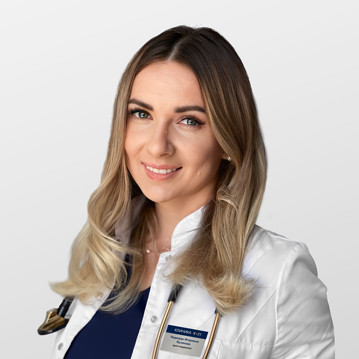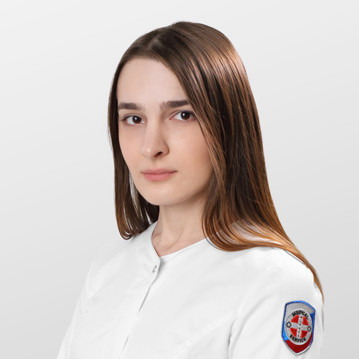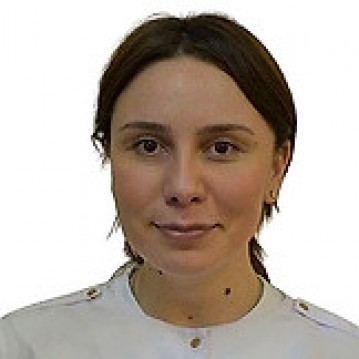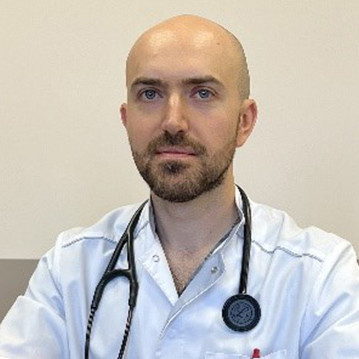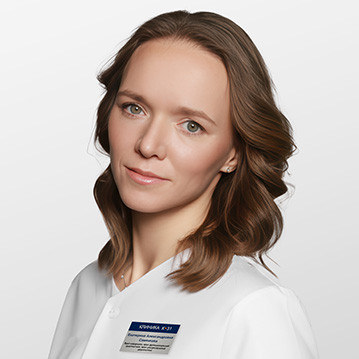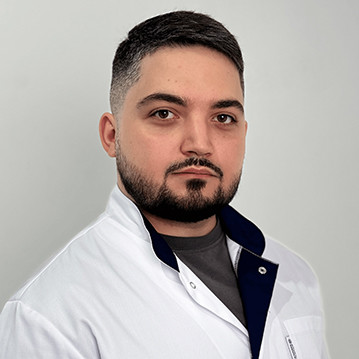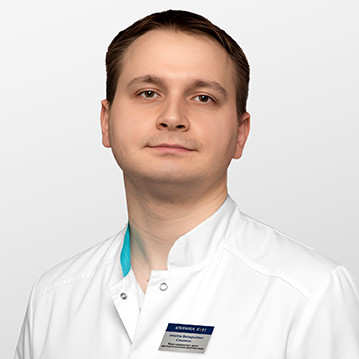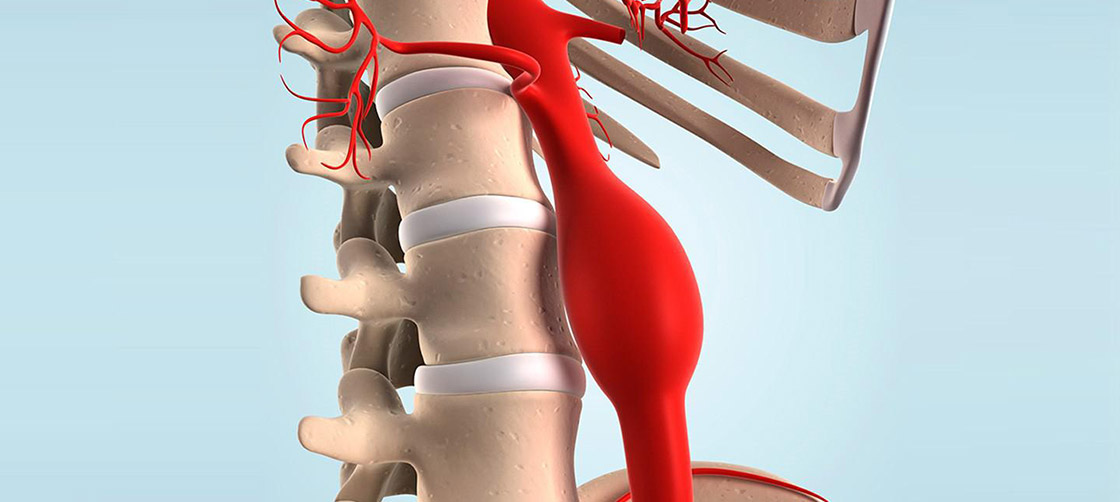
Aortic aneurysm - a local pathological increase in its diameter. Aortic dissection - incomplete rupture or tearing of the inner lining (endothelium), after which blood under high pressure begins to spread between the layers of the aortic wall, exfoliating it. Very often, these two pathologies are closely related, in which case they speak of an exfoliating aneurysm.
Causes
The main cause of aneurysm and aortic dissection is the pathology of its wall against the background of atherosclerotic lesions. Unfortunately, the severity of this problem is sometimes underestimated, which may be due to the prolonged absence of symptoms of the disease. Since the aortic lumen is very large, overlapping it with an atherosclerotic plaque is impossible, but deformation of the aorta, violation of its elastic function (the aorta pulsates like other arteries, but only stronger) and the occlusion of branches extending from the aorta are very serious consequences of atherosclerosis with its complications in the form aneurysms and stratifications.
Long, over many years, large and sharp changes in blood pressure also negatively affect the condition of the aorta, contributing to damage to its inner layer with subsequent stratification and the formation of aneurysm.
Thus, atherosclerotic lesion and arterial hypertension are the most common factors of destabilization of the aortic wall.
Significantly less often, aneurysm and dissection of the aorta occur against the background of destructive infectious processes both in the aorta itself and in the tissues and organs surrounding it (for example, purulent mediastinitis), with syphilis, congenital malformations of the aorta, injuries of the chest and abdominal cavity, and genetic diseases (syndrome Marfana).

